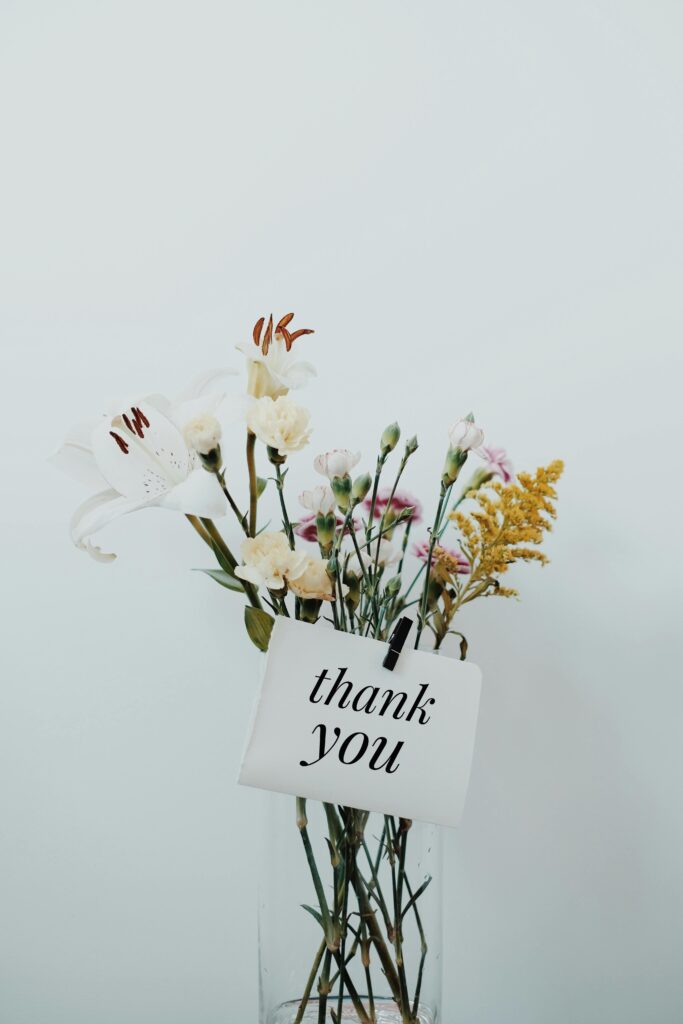Are you ready to take your artistic skills to the next level? In this article, we will explore the essential techniques and principles that will help you master the mechanics of art. From understanding composition and perspective to refining your brushstroke and color theory, this comprehensive guide will provide you with the tools and knowledge needed to elevate your artistic abilities. Whether you are a beginner or an experienced artist, get ready to unlock your creative potential and discover the secrets behind creating stunning works of art.

Understanding the Fundamentals
Basic principles of art
To become a master of art, it is essential to understand the basic principles that underpin it. These principles include concepts such as balance, contrast, harmony, and unity. Balance refers to the distribution of visual weight in an artwork, while contrast creates visual interest through the juxtaposition of different elements. Harmony ensures that all the elements in the artwork work together cohesively, while unity brings everything together to create a sense of completeness. By grasping these fundamental principles, you will be equipped with a solid foundation upon which to build your artistic skills.
Elements of art
The elements of art are the building blocks that artists use to create their work. These elements include line, shape, form, color, value, texture, and space. Line can be curved or straight and is used to define the edges of shapes or create movement and energy in a piece. Shape refers to the two-dimensional area created by lines, while form refers to the three-dimensional aspect of an object. Color, value, and texture add depth and visual interest, while space refers to the area within and around objects. Understanding and utilizing these elements effectively will allow you to communicate your artistic vision more effectively.
Composition and design
Composition and design are crucial aspects of creating visually compelling artwork. Composition refers to the arrangement of elements within the artwork, including the placement of subjects, the use of negative space, and the overall balance and harmony of the piece. Design, on the other hand, involves the intentional arrangement of these elements to create a cohesive and visually pleasing artwork. By understanding the principles of composition and design, you can guide the viewer’s eye and create a strong visual impact.
Developing Technical Skills
Different art mediums and tools
Art encompasses a wide range of mediums and tools, each offering unique opportunities for creativity. Some common art mediums include drawing with graphite, charcoal, or ink, painting with watercolors, acrylics, or oils, and sculpting with clay or other materials. Exploring different mediums can help you discover what resonates with you most and allows you to express your artistic vision best. Alongside different mediums, experimenting with a variety of art tools, such as brushes, palette knives, and sculpting tools, will enable you to refine your technical skills and explore new artistic possibilities.
Techniques for drawing and painting
Drawing and painting techniques are essential for creating realistic and visually captivating artworks. Techniques such as shading, cross-hatching, and stippling can help create depth and dimension in drawings. In painting, techniques like glazing, wet-on-wet, and dry brushing can add texture and richness to your artwork. Understanding and practicing these techniques will enhance your ability to represent the world around you accurately and develop your unique artistic style.
Exploring sculpture and 3D art
Sculpture and three-dimensional (3D) art allow you to work with physical materials and create artwork that can be experienced from different angles. Sculpting can be approached using various materials such as clay, stone, wood, or metal, each requiring different techniques and tools. Exploring sculpture and 3D art not only expands your artistic horizons but also gives you a hands-on experience of manipulating materials and constructing artwork in physical space.
Exploring Different Styles and Movements
Realism
Realism is an art style that aims to depict subjects with a high level of accuracy and detail, closely resembling the real world. Artists who pursue realism focus on capturing the intricacies of form, texture, light, and shadow. This style requires keen observation and precise technique to achieve lifelike representations. By immersing yourself in realism, you can develop a deep understanding of foundational skills and gain a strong ability to portray the world realistically.
Impressionism
Impressionism emerged in the 19th century and broke the traditional rules of academic art. Impressionist painters sought to capture the fleeting effects of light and color in the atmosphere, emphasizing the importance of the artist’s perception and subjective experience. This style is characterized by loose brushwork, visible brushstrokes, and the depiction of everyday scenes. Exploring impressionism can help you embrace spontaneity and experiment with the expressive potential of color and light.
Cubism
Cubism, pioneered by Pablo Picasso and Georges Braque, revolutionized the way art represents reality. This style breaks down subjects into geometric shapes and presents multiple viewpoints simultaneously on a two-dimensional plane. Cubist artworks often challenge viewers’ perceptions and invite them to look beyond the obvious. By studying cubism, you can develop a unique perspective and understanding of how form can be fragmented and reassembled to create innovative and thought-provoking compositions.
Abstract art
Abstract art moves away from representative forms and focuses on the exploration of color, shape, line, and texture. It allows artists to distill their emotions and ideas into non-representational, gestural, or geometric compositions. Abstract art provides a space for experimentation, free expression, and the invitation for viewers to bring their interpretations to the artwork. Engaging with abstract art can unleash your creativity and encourage you to challenge established norms.
Expressionism
Expressionism is an art movement that prioritizes the artist’s subjective emotional experience over objective representation. It aims to convey intense emotions, often through distorted and exaggerated forms, vivid colors, and bold brushstrokes. Expressionist artworks evoke strong emotional responses and convey the artist’s personal vision or perspective. Exploring expressionism can help you tap into your own emotions and express them authentically through your art.
Studying Art History
Significant art movements and artists
Studying art history provides valuable insights into the evolution of artistic styles, techniques, and ideas over the centuries. By familiarizing yourself with significant art movements such as the Renaissance, Baroque, Romanticism, and Modernism, you will gain a deeper understanding of the context in which artists worked and how they influenced one another. Learning about influential artists like Leonardo da Vinci, Vincent van Gogh, Frida Kahlo, and Jackson Pollock can inspire you and inform your own artistic journey.
Understanding the context and influences on artworks
Art is influenced by the culture, history, and social circumstances of its time. Understanding the context in which artworks were created can provide valuable insights into the artist’s intentions and the meaning behind their work. By studying the historical, political, and social influences on art, you can gain a richer appreciation for the messages conveyed by different artists and interpret their artworks more accurately.

Mastering Color Theory
Color wheel and color relationships
Color theory is the study of how colors interact and how they can be used to create harmony or contrast in artworks. The color wheel is a useful tool that organizes colors into primary, secondary, and tertiary hues. By understanding the relationships between these colors, such as complementary or analogous colors, you can create visually balanced and harmonious compositions. Learning color theory will allow you to evoke specific moods, enhance your understanding of color symbolism, and create captivating visual experiences.
Using color effectively in artworks
Using color effectively involves understanding the psychological and emotional impact of different hues and learning how to manipulate color to convey specific messages or create certain atmospheres. Color temperature, saturation, and value can all influence the visual impact of an artwork. Experimenting with the interplay of colors will enable you to develop your unique color palette and evoke the desired emotions or responses from your viewers.
Understanding Perspective and Proportions
One-point and two-point perspective
Perspective is a crucial skill for creating the illusion of depth and spatial relationships in artwork. One-point perspective is often used to portray objects or scenes viewed head-on, while two-point perspective allows for the depiction of angles and foreshortening. Understanding and practicing these techniques will enhance your ability to create believable and immersive environments in your artwork.
Human anatomy and proportions in art
When depicting the human form, understanding anatomy and proportions becomes essential. Knowing the skeletal structure, muscle groups, and proportions of the human body allows you to accurately represent figures in various poses and perspectives. Mastery of human anatomy enables you to create lifelike and dynamic characters, whether in realistic or stylized art forms.

Learning to See and Observe
Developing observational skills
Observation is a foundational skill for any artist. Learning to observe your surroundings with a keen eye for detail will sharpen your ability to capture the world in your artwork. Practicing drawing from life, closely studying the interplay of light and shadow, and paying attention to small nuances in shapes and textures will help you develop strong observational skills.
Capturing light and shadows
Light and shadow are essential elements in creating depth, volume, and mood in artwork. Understanding how light interacts with objects and surfaces allows you to convey the three-dimensional nature of your subjects. Study the way light falls on different surfaces, experiment with different lighting conditions, and practice rendering shadows realistically to imbue your artwork with a lifelike quality.
Creating realistic textures
Textures can add tactile interest and visual richness to your artwork. Understanding how to observe, interpret, and recreate various textures, such as smooth surfaces, rough textures, or reflective materials, will elevate the realism of your art. Experimenting with different techniques and tools to mimic textures can help you develop your artistic vocabulary and create visually engaging and textured artwork.
Experimenting with Mixed Media
Combining different art mediums
Mixed media artwork involves combining different art mediums and materials to create unique and multi-dimensional pieces. By blending elements of drawing, painting, collage, printmaking, and more, you can experiment and explore new artistic possibilities. Mixing mediums allows you to add depth, texture, and layers to your artwork while promoting innovative thinking and pushing the boundaries of traditional art forms.
Creating texture and depth with mixed media
Mixed media provides endless opportunities to create texture and depth in your artwork. Incorporating materials such as fabric, paper, found objects, or even digital elements can add tactile interest and multidimensionality to your pieces. Play with layering, texture pastes, or unconventional tools to create visually captivating surfaces and stimulate the viewer’s senses.
Exploring Digital Art
Digital painting and drawing techniques
Digital art offers a wealth of possibilities and flexibility for artists. With digital software and tools, you can create paintings, drawings, or illustrations directly on your computer or tablet. Experiment with digital brushes, layers, and effects to develop your digital painting and drawing techniques. Digital art allows for easy experimentation, undoing mistakes, and endless possibilities for editing and refining your artwork.
Creating art using graphic design software
Graphic design software opens up a wide range of possibilities for artists to express their creativity beyond traditional art forms. Explore creating posters, logos, typography, or digital illustrations using programs like Adobe Photoshop or Illustrator. Developing skills in graphic design software can add versatility to your artistic practice and open doors to commercial projects or collaborations.
Developing a Personal Style
Finding inspiration and expressing individuality
Finding inspiration is essential to the development of a personal style. Explore different sources of inspiration, including nature, culture, literature, or personal experiences. Take time to observe, reflect, and experiment with different techniques, subjects, and themes. Your unique perspective and experiences will shape your artistic voice and allow you to tell your own story through your art.
Creating a consistent body of work
To develop a personal style, it is important to create a consistent body of work. Consistency in themes, subject matter, techniques, or color palette helps define your artistic identity and creates a recognizable signature style. Experiment and explore different ideas, but also seek cohesion and coherence across your artworks to establish an artistic voice that is uniquely yours.
By embracing the fundamentals, developing technical skills, exploring different styles, studying art history, mastering color theory, understanding perspective and proportions, learning to see and observe, experimenting with mixed media and digital art, and developing a personal style, you can embark on an artistic journey that will lead you to master the mechanics of art. Cultivate a love for creativity, never stop learning and experimenting, and enjoy the process of self-expression and growth through your artwork. Happy creating!

